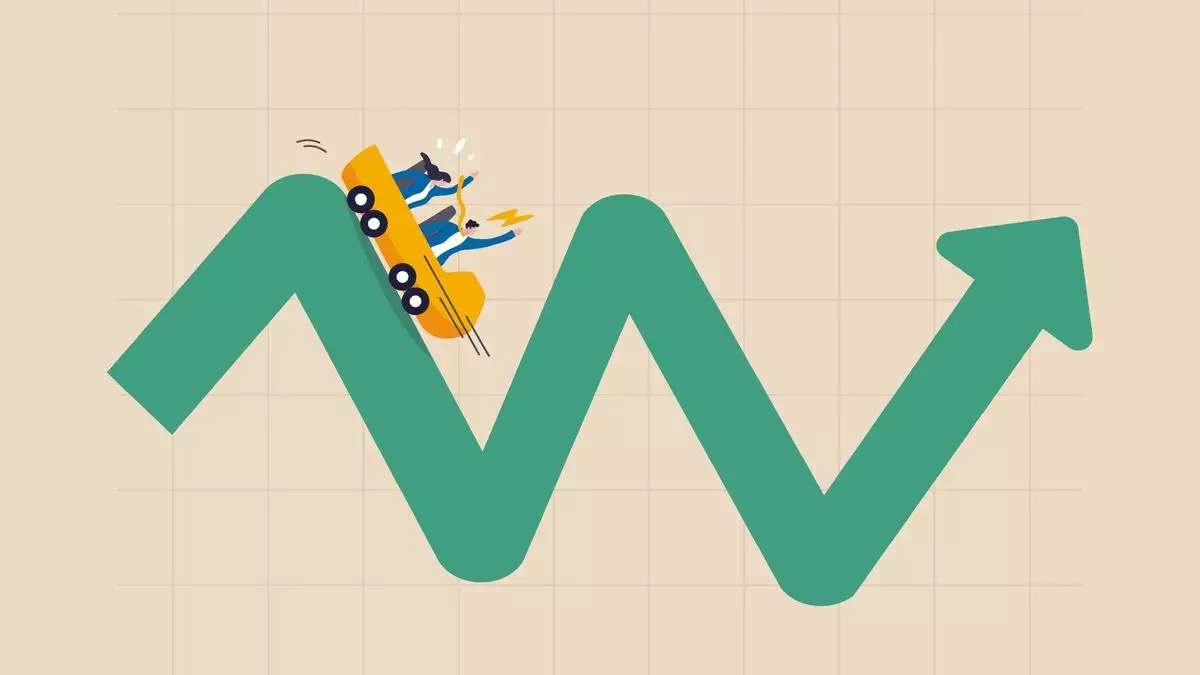As the landscape of travel continues to evolve, U.S. hotels are grappling with what seems to be a stagnation in growth. Despite initial optimism following the pandemic, recent data signals that hotel room rates and occupancy levels are beginning to plateau. A report from CoStar highlights a modest rise in revenue per available room (RevPAR) by 0.8% in March, accompanied by a slight decline in occupancy at 0.3%. The average daily rate (ADR) did experience a small uptick of 1.1%, although this comes after a more robust increase of 3.3% earlier in the year.
The slowing trends can be misleading, however, as industry figures point towards several extraneous factors affecting performance. Isaac Collazo, vice president of CoStar Group’s STR Inc., emphasizes that localized disruptions—such as natural disasters and significant events like the Super Bowl—can skew overall performance metrics. For the top U.S. markets, even amidst this apparent slowdown, growth was still present, reflecting underlying resilience even as the overall market shows signs of moderation.
Economic Indicators and Future Predictions
However, industry experts are expressing caution as they adjust their forecasts in light of broader economic indicators. Recently, CBRE revised its GDP expectations for 2025 down to 1.9%—a shift that mirrors a general sobering of growth expectations. Potentially compounding these economic uncertainties are factors like inflation, which CBRE has adjusted upwards, complicating the landscape for continuing recovery within the hospitality sector.
These economic challenges may indeed signal a natural plateauing phase following several years of robust growth. As Bob Webster of CBRE points out, after an extended period of high demand, markets typically experience moderation. Concerns around inbound travel have been particularly salient, especially with a notable drop in Canadian visitation impacting U.S. hotel performance. The possibility of recovery in this segment seems slow and unpredictable, raising more questions than answers for hoteliers and investors alike.
Market Volatility and Its Impacts on Predictions
Amidst the uncertainty, one term echoes through discussions of hotel performance: volatility. Collazo articulates that this current phase does not conform neatly to prior recession models, suggesting that traditional forecasting methods may have limited efficacy in an environment defined by rapid change. As the tides of consumer behavior shift, particularly in light of the lingering effects of the pandemic, both hotel operators and analysts find themselves grappling with unprecedented unpredictability.
Furthermore, STR’s upward revision expectations for its hotel performance forecasts, scheduled for the NYU International Hospitality Investment Forum, faces the same challenges as other analysts. Collazo notes that the dynamic economic inputs make it increasingly complex to ascertain consumer intentions.
Promotional Strategies Amid Declining Travel Prices
One significant strategy emerging from this tumultuous environment is an uptick in promotional offers targeted toward family leisure travel. As revealed by NerdWallet’s recent index, overall travel prices saw a decline of 2% year over year as of March, bucking the inflationary trend seen in other sectors. Reduced airfare and hotel room rates are driving a wave of promotions, including enticing offers from popular tourist destinations like Walt Disney World.
The surge in promotional discounts appears to be a strategic effort to counteract consumer hesitancy. Families grappling with job uncertainty may be reluctant to commit to travel plans, yet attractive offers can compel them to reconsider. With initiatives such as “kids stay free” at select all-inclusive resorts, the hospitality industry aims to foster engagement and bookings despite broader economic challenges.
The Resilience of the Luxury Segment
Yet, not all areas of the hotel market are experiencing the same pressures. The luxury sector has shown remarkable durability amid fluctuating performance in other categories. Collazo cites an impressive RevPAR increase of 7.6% in preliminary data for luxury hotels during the first quarter. This resilience could likely be attributed to a shift in consumer booking behaviors—after a rush in domestic luxury bookings in 2021 and 2022, many affluent travelers are increasingly looking overseas for their luxury getaways.
As the economic environment continues to evolve and reshape consumer habits, hotels will need to remain agile, innovating their offerings while carefully navigating the complexities of a post-pandemic world. While signs of growth may be marginal, the industry’s capacity for resilience suggests that opportunities still abound, demanding attention and strategic finesse from all stakeholders involved.


Napsat komentář